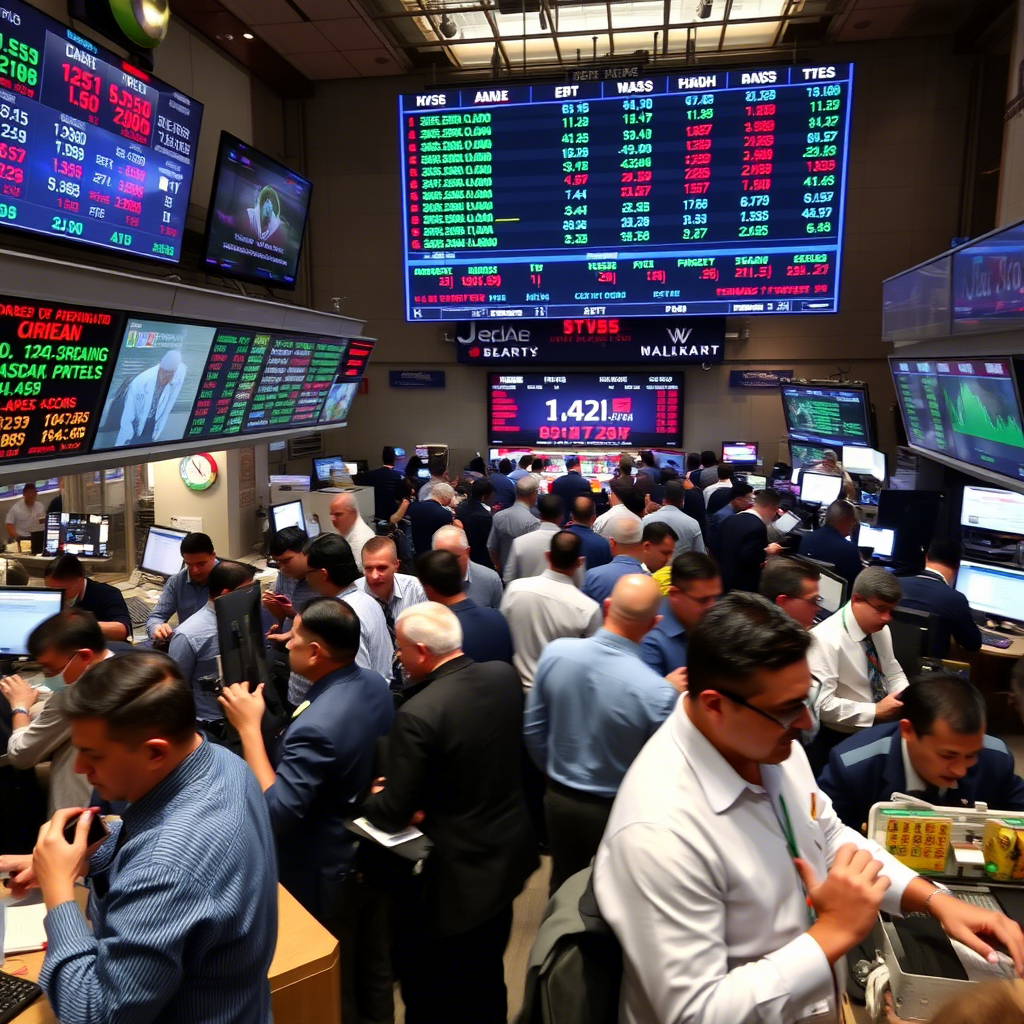Liquidity in Currency Trading: A Beginner’s Guide to Forex Success

What is Liquidity in Currency Trading?
Liquidity refers to how easily an asset, in this case, a currency pair, can be bought or sold in the market without significantly affecting its price. In forex, liquidity is high when there are many buyers and sellers actively trading a currency pair, allowing large volumes to be exchanged with minimal price slippage. The forex market’s massive size and global reach make it one of the most liquid markets, operating 24 hours a day, five days a week.
Currency pairs like EUR/USD or USD/JPY are highly liquid due to their popularity and the economic strength of the countries involved. Liquidity affects spreads (the difference between bid and ask prices), trade execution speed, and market stability, making it a key factor in trading decisions.
How Liquidity Works in Forex
Liquidity in forex is driven by the volume of trades across major financial hubs like London, New York, Tokyo, and Sydney. High liquidity means tight spreads (e.g., 0.5-2 pips for EUR/USD) and fast execution, as there’s always someone willing to take the other side of your trade. Low liquidity, such as during holidays or for exotic pairs like USD/TRY, leads to wider spreads (10-50 pips) and potential price gaps.
Why Liquidity Matters in Currency Trading
Liquidity is a game-changer in forex for several reasons:
1. Tighter Spreads
High liquidity reduces the spread, lowering trading costs. For example, EUR/USD might have a 1-pip spread during peak hours, compared to 20 pips for an exotic pair like USD/ZAR.
2. Faster Trade Execution
Liquid markets ensure orders are filled quickly at desired prices, crucial for scalpers and day traders who rely on rapid trades.
3. Price Stability
High liquidity minimizes price volatility from large trades, reducing the risk of sudden price swings that can trigger stop-losses.
4. Accessibility for All Traders
The forex market’s liquidity allows traders with small accounts (e.g., $100) to participate alongside institutions, as even small orders can be executed efficiently.
Factors Affecting Liquidity in Forex
Several factors influence liquidity in currency trading:
1. Currency Pair
Major pairs (e.g., EUR/USD, USD/JPY) are the most liquid due to high trading volume, driven by the economic dominance of the US, Eurozone, and Japan. Minor pairs (e.g., EUR/GBP) are less liquid, while exotic pairs (e.g., USD/MXN) have the lowest liquidity.
2. Trading Sessions
Liquidity varies by market session:
-
London-New York Overlap (8 AM-12 PM EST): Highest liquidity, tightest spreads, and most volume.
-
Tokyo/Sydney Sessions: Lower liquidity, especially for non-Asian pairs, leading to wider spreads.
-
Holidays/Weekends: Liquidity drops, increasing spreads and volatility.
3. Economic Events
High-impact events like central bank rate decisions, US non-farm payrolls, or geopolitical crises can temporarily reduce liquidity as traders pause or markets react, widening spreads.
4. Market Participants
Banks, hedge funds, retail traders, and central banks contribute to liquidity. Major players dominate during peak hours, while retail traders add volume across sessions.
Benefits of High Liquidity in Currency Trading
Trading in a highly liquid market offers significant advantages:
1. Cost Efficiency
Tight spreads in liquid pairs like EUR/USD reduce trading costs, especially for frequent traders like scalpers who rely on small, repeated profits.
2. Reliable Execution
High liquidity ensures orders are filled at or near your target price, minimizing slippage (the difference between expected and actual prices).
3. Scalability
Traders can execute large positions without significantly moving the market, ideal for those scaling up as they gain experience.
4. Strategy Flexibility
Liquid markets support various strategies, from scalping (1-5 pip moves) to swing trading (50-100 pip moves), as prices move smoothly and predictably.
Risks of Low Liquidity in Currency Trading
While forex is generally liquid, low-liquidity scenarios pose challenges:
1. Wider Spreads
Less liquid pairs or times (e.g., USD/TRY during Asian sessions) have higher spreads, increasing costs and reducing profitability.
2. Price Slippage
In low-liquidity markets, orders may execute at worse prices than expected, especially during volatile news events.
3. Increased Volatility
Low liquidity can lead to sharp price swings, as fewer participants mean larger trades have a bigger impact, risking stop-loss triggers.
4. Delayed Execution
Orders may take longer to fill in illiquid conditions, frustrating fast-paced strategies like scalping.
How to Leverage Liquidity in Currency Trading
To make the most of liquidity, follow these steps:
Step 1: Understand Liquidity Dynamics
Learn which pairs and sessions offer high liquidity. Focus on major pairs (EUR/USD, USD/JPY) and peak trading hours (London-New York overlap). Study how economic events affect liquidity using free resources like Forex Factory or broker tutorials.
Step 2: Choose a Regulated Broker
Select a broker regulated by the FCA, CFTC, or ASIC, with access to liquid markets and tight spreads. ECN or STP brokers often provide better liquidity by connecting directly to interbank markets. Test their platform (e.g., MetaTrader 4 or 5) with a demo account.
Step 3: Practice with a Demo Account
Trade major pairs in a demo account during high-liquidity sessions to experience tight spreads and fast execution. Test strategies like scalping or day trading to see how liquidity impacts results.
Step 4: Develop a Liquidity-Focused Trading Plan
Create a plan that prioritizes liquid markets:
-
Trade Major Pairs: Stick to EUR/USD or USD/JPY for low spreads.
-
Target Peak Hours: Trade during London-New York sessions for optimal conditions.
-
Avoid News Events: Unless news trading, skip high-impact events to avoid liquidity drops. Include risk management, like setting stop-losses to protect against volatility.
Step 5: Monitor and Optimize
Track your trades in a journal, noting spreads, execution speed, and liquidity conditions. Adjust your strategy to focus on high-liquidity opportunities and avoid low-liquidity traps.
Tips for Trading in Liquid Markets
Maximize liquidity’s benefits with these tips:
1. Stick to Major Pairs
Start with EUR/USD or USD/JPY, which offer 0.5-2 pip spreads and high liquidity, ideal for beginners.
2. Use Economic Calendars
Check calendars (e.g., from OANDA or Forex Factory) to avoid trading during low-liquidity events like holidays or major news releases.
3. Combine with Analysis
Use technical analysis (e.g., moving averages, RSI) for trade timing and fundamental analysis (e.g., interest rates) to understand liquidity drivers.
4. Choose Low-Spread Brokers
Compare brokers for tight spreads and fast execution, especially for scalping or high-frequency trading.
5. Stay Disciplined
Avoid chasing trades in low-liquidity pairs or times, as higher costs and volatility can erode profits.
Conclusion
Liquidity is the lifeblood of currency trading, enabling fast, cost-effective, and stable transactions in the forex market. By understanding liquidity, focusing on major pairs, and trading during peak sessions, beginners can optimize their strategies and boost profitability. While low liquidity poses risks like wider spreads and slippage, a disciplined approach can mitigate these challenges.
Start with a demo account, trade liquid pairs like EUR/USD, and build a plan that leverages high-liquidity conditions. With patience and practice, you can harness liquidity to unlock the full potential of currency trading. Dive in, trade smart, and seize forex opportunities today.




